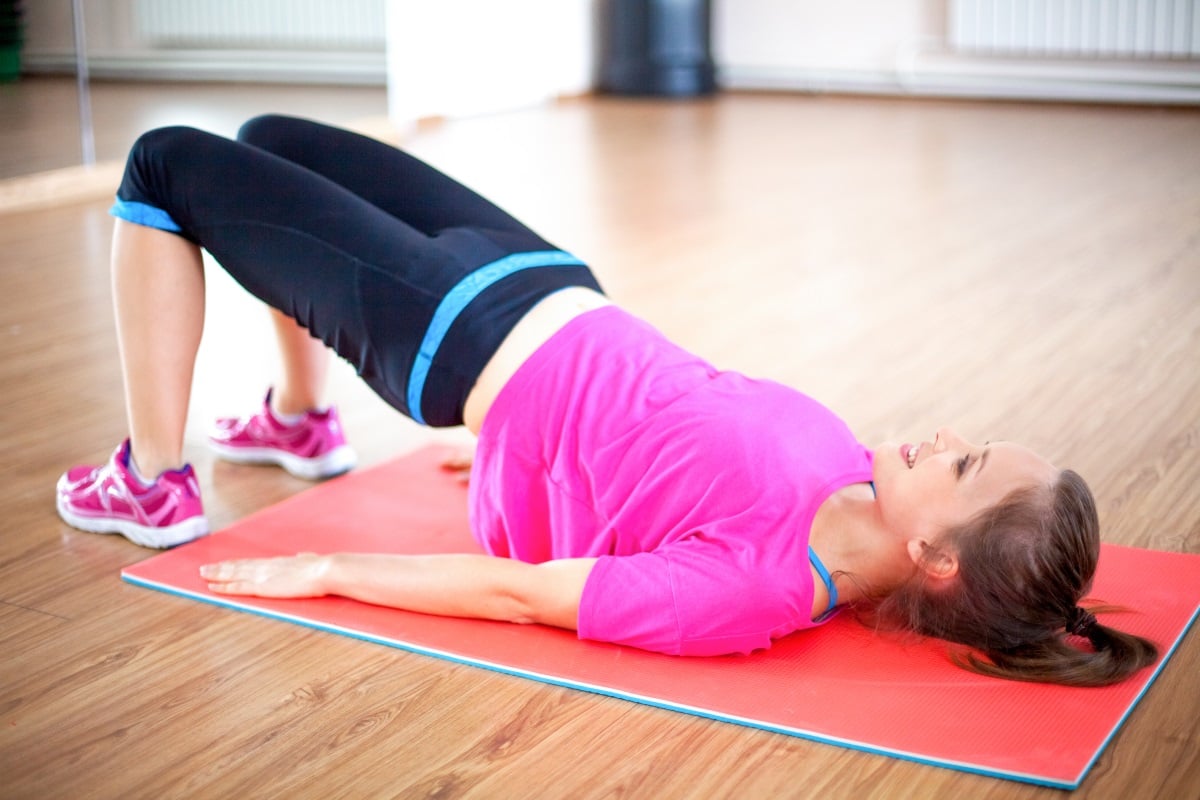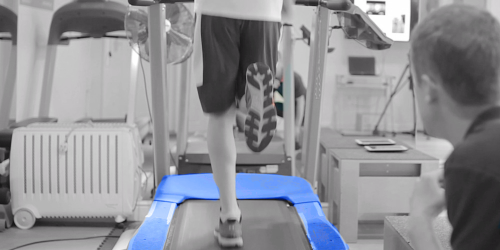Don’t forget to stretch – you don’t want to pull a muscle….
Ok, so this week I was looking about my local gym and looked through to one of their fitness studios. In big, black, bold writing was the statement above, ‘Don’t forget to stretch, you don’t want to pull a muscle’.
So after our previous running blog on strength training and its benefits in regards to injury risk, it seems logical to talk about something that has traditionally been seen to reduce the general risk of injury – especially muscle pulls; static stretching (image to the left) and whether this view that it may reduce injury occurrence is true.
There are 2 different types of stretching – Static and dynamic, and in the gyms defence, they may not have been talking about static stretching. However, we regularly see people in the gym statically stretching, so maybe they were.
A static stretch is where we take a muscle to a lengthened position and maintain this position without movement.
In a recent research article runners were asked what they thought are risk factors for injury. When asked, not stretching enough was one of the main factors runners thought would contribute to injury. This would go with the above statement in the gym, so is this true? Static stretching hasn’t been shown to reduce injury risk at all when performed before exercise. Worryingly, however, it has been shown to reduce power output and endurance performance, so you may be wasting your time focussing on something that doesn’t have a positive effect.
The logic behind the statement may be that static stretching will increase the actual length of the muscle. Again, studies haven’t shown this to happen with a stretching protocol and instead may just reduce the stiffness in muscles and/or connective tissue that runners need to be springy and economical. When we run our muscles need to have an ability to control how much they shorten and lengthen, not an ability to sustain a lengthened position and continually holding them in this elongated position could end up reducing this very important control of movement.
The studies have shown what might be more beneficial from a stretching point of view is to perform some dynamic or active stretches before working out and as a way of decreasing stiffness.
Without getting overly geeky, dynamic stretching (i.e. running with butt flicks) almost allows you and your body to feel and have an awareness of changes in length and teach the body to react accordingly. Though dynamic stretches have not been shown to massively reduce injury risk, they have been shown to increase time to fatigue in endurance running and increase the quality of performance.
If you are going to perform static stretches and like them we are not staying to completely stop or you’ll get injured but try performing them after your run, as they have been shown to reduce muscles soreness.
Look out for our exercises of the week this month where we will be showing some examples of dynamic and active stretches for the legs that may help your running.
So if strengthening has been shown to consistently reduce the risk of injury, maybe it’s time to spend your stretching sessions getting a bit stronger instead?






